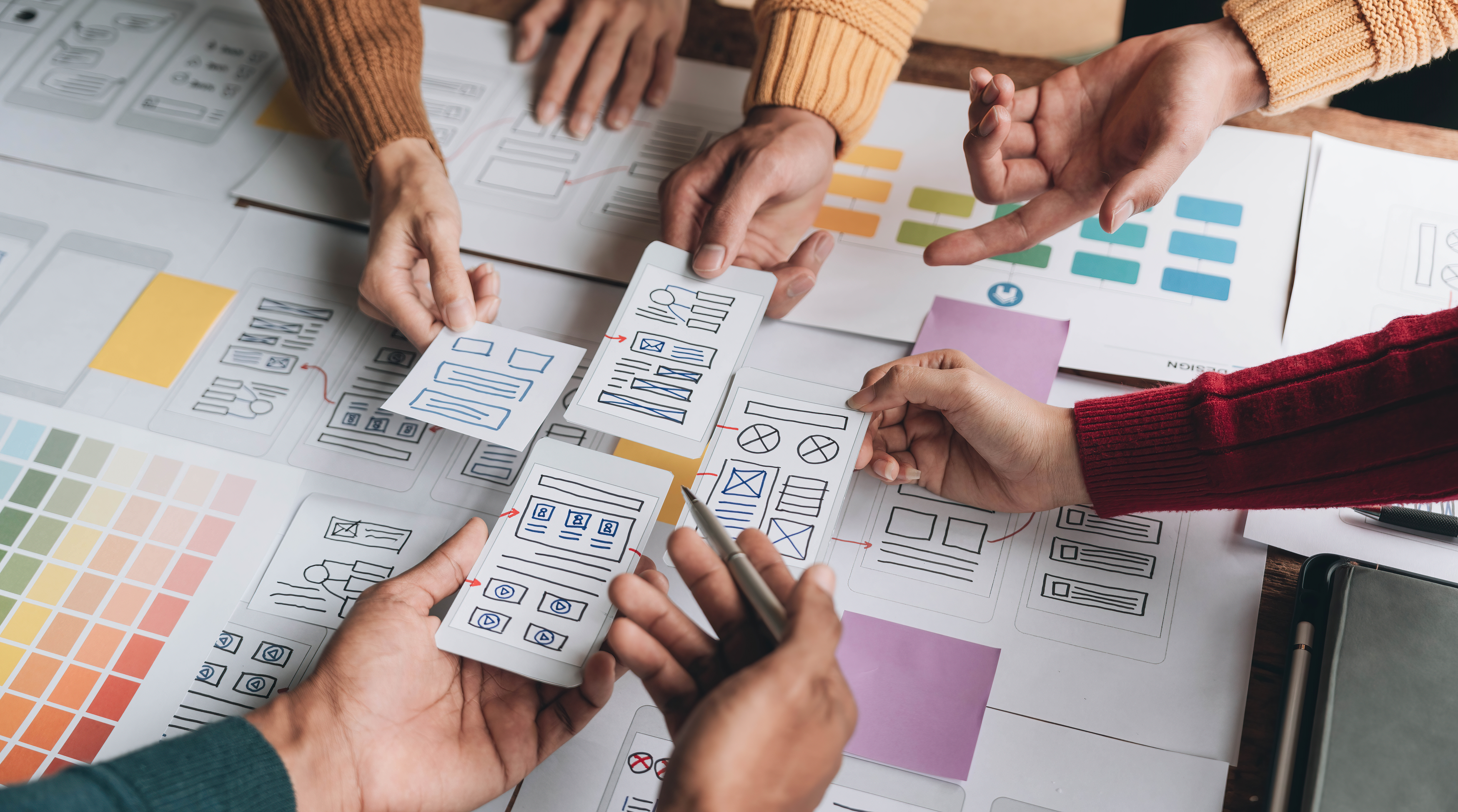Introduction
As the world of UX design continues to evolve, it is essential for designers to stay up-to-date on the latest trends and skills. In this blog post, we will discuss the seven essential skills that UX designers will need to stay competitive in 2023. From understanding user research to mastering prototyping tools, we will cover the skills and techniques that will help UX designers stay ahead of the curve. Join us as we explore the future of UX design and the skills that will be essential for success.
Skill 1: Understanding User Needs

Understanding user needs is the foundation of UX design. Without a deep understanding of the user, it is impossible to create a product that meets their needs. UX designers must be skilled in conducting user research, which involves techniques such as surveys, interviews, and usability testing. Successful user research can lead to insights that inform the design process and ultimately result in a product that meets the needs of the user.
Skill 2: Organizing Information
Information architecture is the process of organizing and structuring information in a way that is easy to understand and navigate. UX designers must be skilled in creating information architecture that is intuitive and user-friendly. Techniques for organizing information include creating sitemaps, wireframes, and user flows.
Successful information architecture can lead to a product that is easy to use and understand. When creating a product, it is important to consider the user's journey. This journey should include a clear path to the desired goal, as well as an understanding of how the user will navigate the product. It is also important to consider the user's level of knowledge and what information they will need to complete their journey. Additionally, all elements should be easily accessible and intuitive to use.
Good information architecture should also consider how the user interacts with the product. This includes considering the user's experience with the product, such as how they interact with content, how they move between pages, and how they search for information. By understanding the user's experience, the product can be designed in a way that is tailored to the user's needs.
Finally, it is important to consider how the product can be improved over time. This includes looking at user feedback, testing new features, and making changes to the product as needed. By regularly evaluating the product, it can be kept up to date and remain effective for the user.
Skill 3: Designing User Interfaces
Interaction design is the process of designing the way users interact with a product. UX designers must be skilled in creating user interfaces that are intuitive and easy to use. Techniques for designing user interfaces include creating user flows, wireframes, and prototypes.
Successful interaction design can lead to a product that is enjoyable to use and meets the needs of the user. This can be achieved by understanding the user's needs and motivations, and creating a product that meets those needs. Good interaction design should be intuitive, efficient, and aesthetically pleasing.
Additionally, it should be accessible to users of all abilities and backgrounds. This includes taking into account users with disabilities, and designing with accessibility in mind. Finally, it should also be designed with scalability in mind, so that the product can be adapted for use in different contexts.
Skill 4: Creating Aesthetically Pleasing Designs
Visual design is the process of creating designs that are aesthetically pleasing and visually appealing. UX designers must be skilled in creating designs that are visually appealing while also meeting the needs of the user. Techniques for creating aesthetically pleasing designs include using color theory, typography, and visual hierarchy. Successful visual design can lead to a product that is visually appealing and meets the needs of the user.
It is important to consider the user’s needs and preferences when designing a product. This includes taking into account the user’s age, level of technical knowledge, and any physical or cognitive impairments. Additionally, the user’s cultural background should be taken into account, as certain colors, shapes, and symbols may have different meanings in different cultures.
Furthermore, the product should be designed to be intuitive and easy to use, with clear instructions and labels. Finally, the design should be aesthetically pleasing and consistent with the product’s brand.
Skill 5: Testing and Iterating Designs
Prototyping is the process of creating a working model of a product to test and iterate on. UX designers must be skilled in prototyping to test and iterate on designs. Techniques for testing and iterating designs include user testing, A/B testing, and usability testing. Successful prototyping can lead to a product that is refined and meets the needs of the user.
The prototyping process allows for a product to be tested in a variety of ways, such as through user feedback and usability testing. This helps to identify any areas of improvement that may need to be addressed before the product is released to the public. Additionally, the prototyping process can help to identify any features that should be added or removed from the product in order to increase its overall functionality. By making changes based on user feedback, the product is more likely to be adopted and appreciated by the target audience.
Finally, prototyping can help to reduce the cost of the product development process by allowing users to experiment and refine the product before it is finalized and released. This helps to ensure that the product is as efficient and effective as possible, while also saving time and money in the long run.
Skill 6: Bringing Designs to Life
Frontend development is the process of bringing designs to life through code. UX designers must be skilled in frontend development to bring their designs to life. Techniques for bringing designs to life include coding languages such as HTML, CSS, and JavaScript. Successful frontend development can lead to a product that is functional and meets the needs of the user. It is important to ensure that the user experience is intuitive and easy to use, as this will help to ensure that users can get the most out of the product. Additionally, it is important to consider the design of the product, as this can have a major influence on how users interact with the product. Furthermore, the development process should be an iterative one, with regular testing to ensure that the product is meeting the user's needs. Finally, it is important to keep track of changes and improvements made over time, as this will help to ensure that the product continues to meet the needs of the user.
Skill 7: Working with Teams and Clients
Collaboration and communication are essential skills for UX designers. UX designers must be skilled in working with teams and clients to create a product that meets the needs of the user. Techniques for working with teams and clients include effective communication, project management, and conflict resolution. Successful collaboration and communication can lead to a product that is successful and meets the needs of the user.
It is important that everyone involved in the project is on the same page to ensure that the product meets the desired outcome. This means that all team members should be aware of the goals and objectives of the project and understand the roles and responsibilities of each individual. Regular meetings and progress updates should be held throughout the project to ensure everyone is on track. Additionally, it is important to ensure that any feedback is addressed in a timely manner to prevent any potential issues. Finally, it is essential to have a clear timeline and plan for the project to ensure it is completed on time.
Conclusion
In conclusion, the nine essential skills for UX designers in 2023 are understanding user needs, organizing information, designing user interfaces, creating aesthetically pleasing designs, testing and iterating designs, bringing designs to life, and working with teams and clients. As the field of UX design continues to evolve, it is essential for designers to continue learning and growing in their skills. By mastering these essential skills, UX designers can stay competitive and create products that meet the needs of the user.



